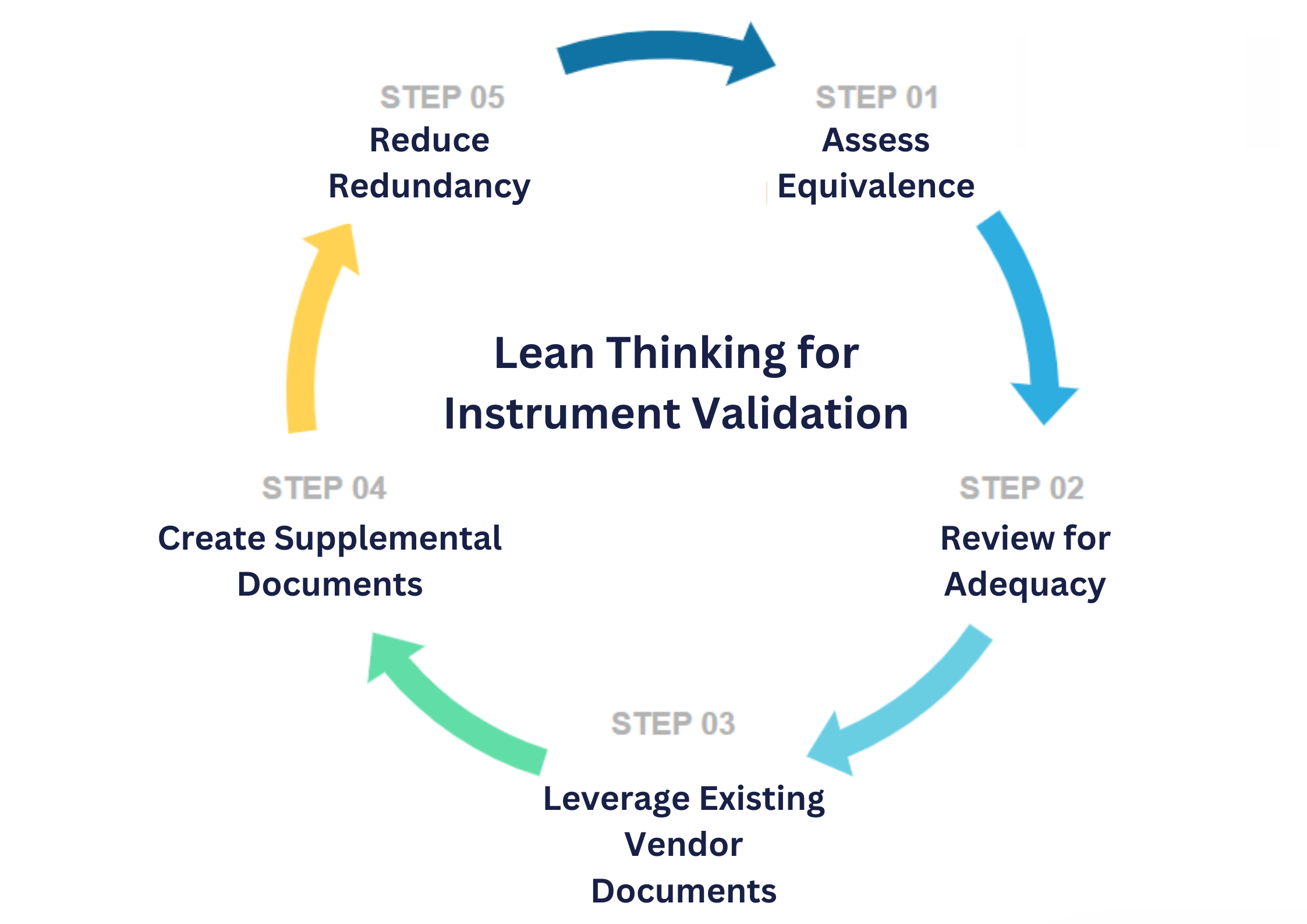In the highly regulated pharmaceutical and biotech industries, ensuring the accuracy and reliability of analytical instruments and equipment is paramount. Validation of these instruments is a critical task, but it often becomes a time-consuming and resource-intensive process. To address these challenges, adopting a risk-based lean validation approach and blending it with cohort validation can significantly reduce redundancies, enhance efficiency and improve turnaround times for Business users.
Blending Lean and Cohort Validation Approaches (also commonly known as the family approach)
The integration of lean principles with cohort validation provides a streamlined and efficient method for validating analytical instruments. This combined approach focuses on eliminating waste, leveraging existing resources, and grouping similar systems to maximize efficiency.
Here is a high-level 5-step process for this journey:
- Equivalence: Assess the equivalence or similarities of a system to an existing one within the organization’s ecosystem. This step involves assessing and documenting whether a system meets the predefined criteria set and allowed by the underlying validation procedures. It includes evaluating the impact, risk, and reasons for equivalence. By understanding the system's qualifications, organizations can determine what can be leveraged. Grouping similar systems during this assessment can further streamline the process.
- Relevance: Reviewing existing documentation for a family of systems helps in understanding their relevance and adequacy. This step ensures that only pertinent documents are considered for the current validation, reducing the effort needed to recreate deliverables that are already sufficient. By applying relevance checks to grouped systems, organizations can avoid redundant documentation efforts.
- Leverage: Leveraging relevant existing documents minimizes the need to create new ones. This step maximizes the use of existing resources and knowledge, thereby saving time and effort. Grouping systems allows for the consolidation of documentation, making it easier to leverage existing work. In addition, consider leveraging testing performed by the system vendor (hardware and software IQ, OQ performed during commissioning of the system in labs), allowing room for designing a focused validation effort.
- Supplement: Creating only the required supplemental documentation for the current system qualification by leveraging existing documentation and vendor qualifications ensures that efforts are focused and targeted. This step avoids the unnecessary creation of documents that add no value. By focusing on grouped systems, organizations can ensure that supplemental documentation is comprehensive and applicable to all systems in the cohort.
- Reducing Redundancy: By focusing on the necessary qualifications and executions, redundancy is minimized. This approach ensures that the validation process is streamlined and efficient. Grouping similar systems together inherently reduces redundancy by avoiding duplicate efforts.
Benefits of Combined Lean and Cohort Validation:
- Efficiency: Streamlines validation processes by eliminating unnecessary steps and focusing on value-added activities.
- Consistency: Ensures consistent validation across similar systems, reducing variability and enhancing reliability.
- Resource Optimization: Maximizes the use of existing documentation and knowledge, saving time and effort.
- Regulatory Compliance: Adheres to regulatory standards while minimizing redundant activities, ensuring a high level of compliance.
- Risk Management: Focuses on assessing and managing risks, ensuring that critical aspects are addressed effectively.

Rooted in efficiency and Risk Management Principles while ensuring compliance. Encouraged by FDA and EMA.
| Case Study |
Achieving efficiency in Upgrade Validation of Total Organic Carbon Analyzers Using the Family Approach |
| Background |
A global top 10 U.S. Pharma laboratory operates with eight Total Organic Carbon (TOC) analyzers in one GMP laboratory, which are essential instruments for ensuring sample quality and compliance with regulatory standards. As the software and firmware versions of these TOCs neared the end of their lifecycle, the vendor proposed an upgrade. Given the substantial investment in time and resources required for validation, we decided to adopt the family approach to streamline the process. |
| Objective |
To efficiently validate the upgraded TOC systems, minimize system downtime, and reduce the overall effort involved in the validation process while maintaining compliance and accuracy. |
| Methodology |
Leaner validation using the Family Approach |
| Implementing the Family Approach |
First-in-Family System: Since this was the first time this version of the software was introduced to this organization, a full suite of deliverables was created, including a Master Validation Plan (VP), Vendor Upgrade Qualification, Specifications Update, Risk Assessments, Installation Qualification (IQ), Operational Qualification (OQ), Performance Qualification (PQ), Traceability Matrix, Standard Operating Procedures (SOPs), and a Master Summary Report. A 5-Step Process for Rest-in-Family: The family approach involves a structured five-step process: Equivalence, Relevance, Leverage, Supplement, and Reducing Redundancy. This methodology ensures efficient validation by focusing on similarities between systems, leveraging existing resources, and minimizing unnecessary efforts.
Rest-in-Family Systems:
|
| Results |
The family approach significantly reduced the number of deliverables and overall effort:
|
| Efficiency Gains | Time Savings: Reduced the downtime per system by approximately 40%, allowing for uninterrupted laboratory operations. Resource Optimization: Decreased the total number of deliverables from 80 (10 deliverables for each of the 8 systems) to 45 (10 for the first and 5 each for the rest), a reduction of 44%. |
| Inference | The family approach to validating TOC analyzers proved to be a highly efficient and effective strategy. By fully validating the first system and applying a streamlined process for the rest, we minimized unnecessary effort. |
| Assumptions and Considerations |
|
In conclusion, by adopting lean and cohort validation approaches, organizations can significantly enhance the efficiency and effectiveness of analytical instrument and equipment validation. By focusing on equivalence assessment, relevancy, leveraging existing documents, supplementing only necessary documentation, and reducing redundancy, organizations can achieve compliance while optimizing resources. These efficiencies could lead to substantial cost savings, with an estimated 30-35% reduction in validation-related expenses, including labor and resource costs. Zifo's expertise in these areas can help highly regulated organizations successfully implement these strategies, resulting in streamlined validation processes and improved operational efficiency.
If you would like to discuss this topic further, please contact us at info@zifornd.com.



